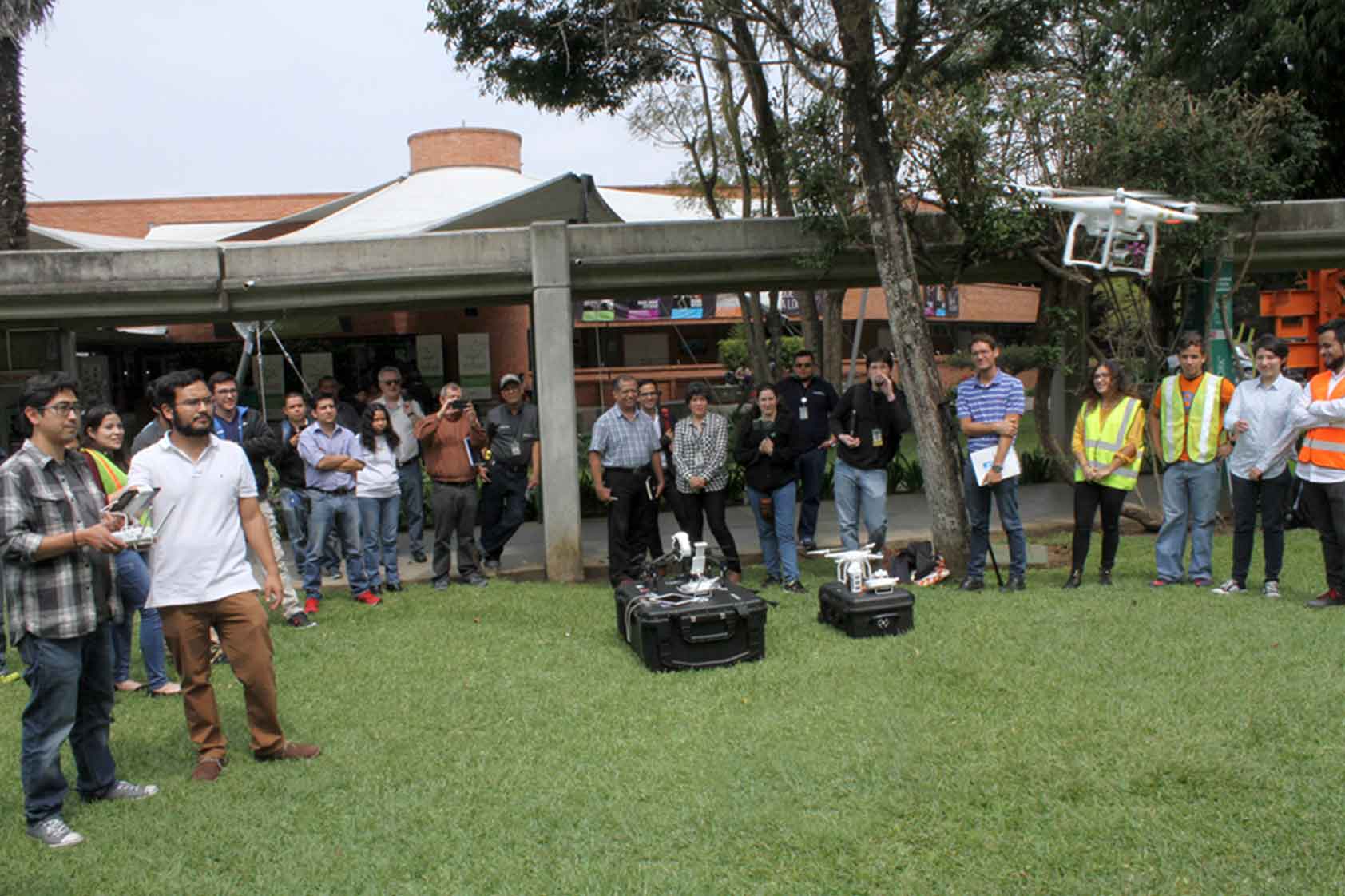The COVID-19 pandemic is causing a digital, commercial and laboral revolution that has taken many organizations by surprise. Most companies did not have established remote work processes, supported by applications that allow working from home, such as collaborative tools, video calls, remote access and more.
This situation has made it evident that “innovation and digital transformation has become essential for businesses. Therefore, they must adapt and join the technological changes to stay current” (Ozaeta, 2019).
What is digital transformation?
“Digital transformation is the integration of digital technology in all areas of a company, fundamentally changing the way it operates and provides value for its customers” (Vallejo & Aline, 2019). It is also a cultural shift that requires organizations to constantly challenge the status quo, where failures are allowed before success is achieved.
Digital transformation enables organizations to compete better in an economic environment that is constantly changing as technology evolves. To that end, digital transformation is a must for any company, non-profit organization or institution that seeks to survive in the future.
Key technologies
An article from Consultoría magazine (2019) suggests that technology drives the need for digital transformation and supports the digitization of an organization. In addition, there is not a single application or technology that allows digital transformation, but there are multiple key processes that an organization must generally have to face the change:
- Cloud computing: a space for storage and data processing located on the internet, which can be accessed by the user from any device. It gives the organization faster access to the software it needs, new features and updates. Plus, it allows the organization to be nimble enough to transform.
- Information technology enables an organization to focus its talent, research and development investment in customized solutions, which must support its requirements and the processes that differentiate it in the market.
- Remote work platforms allow work to be done anyplace, anytime.
- Machine learning and artificial intelligence technologies provide organizations with the knowledge to make more precise decisions about sales, marketing, product development and other strategic areas.
It is not an easy path but it is necessary. If an organization does not adopt technological innovations in all its processes, it is very likely that it will be left behind so, in the medium and long term, a digital transformation is inevitable.
This is the ideal time to develop a plan to diversify, transform and adapt businesses and facilities to what post-coronavirus life will be like. This situation must be taken as a learning experience to be more proactive and not reactive to emergency situations. Crises always bring opportunities, and this is one of them.
References:
Araya, C. (19 de Junio de 2019). ¿Qué es la transformación digital? Obtenido de Dimacofi: https://www.dimacofi.cl/Blog/que_es_la_transformacion_digital/ Fecha de consulta: 25 de marzo 2020
Arraou, P. (2019). Transformación digital de las PYME. Roma: Comité de Integración Latino Europa-América (CILEA).
Ozaeta, P. (2019). Las 3 tendencias para la transformación digital. Prensa Libre. Fecha de consulta: 25 de marzo 2020
Vallejo, M., & Aline, V. (2019). Transformación digital en las empresas. Consultoría. Fecha de consulta: 25 de marzo 2020
Foto de Mujer creado por freepik – www.freepik.es
Our clients recommend us:
“They have very high availability, speed and efficiency to resolve the requirements”. – Banco Agromercantil de Guatemala, S.A.
You may also like:
First internet exchange point in Guatemala




